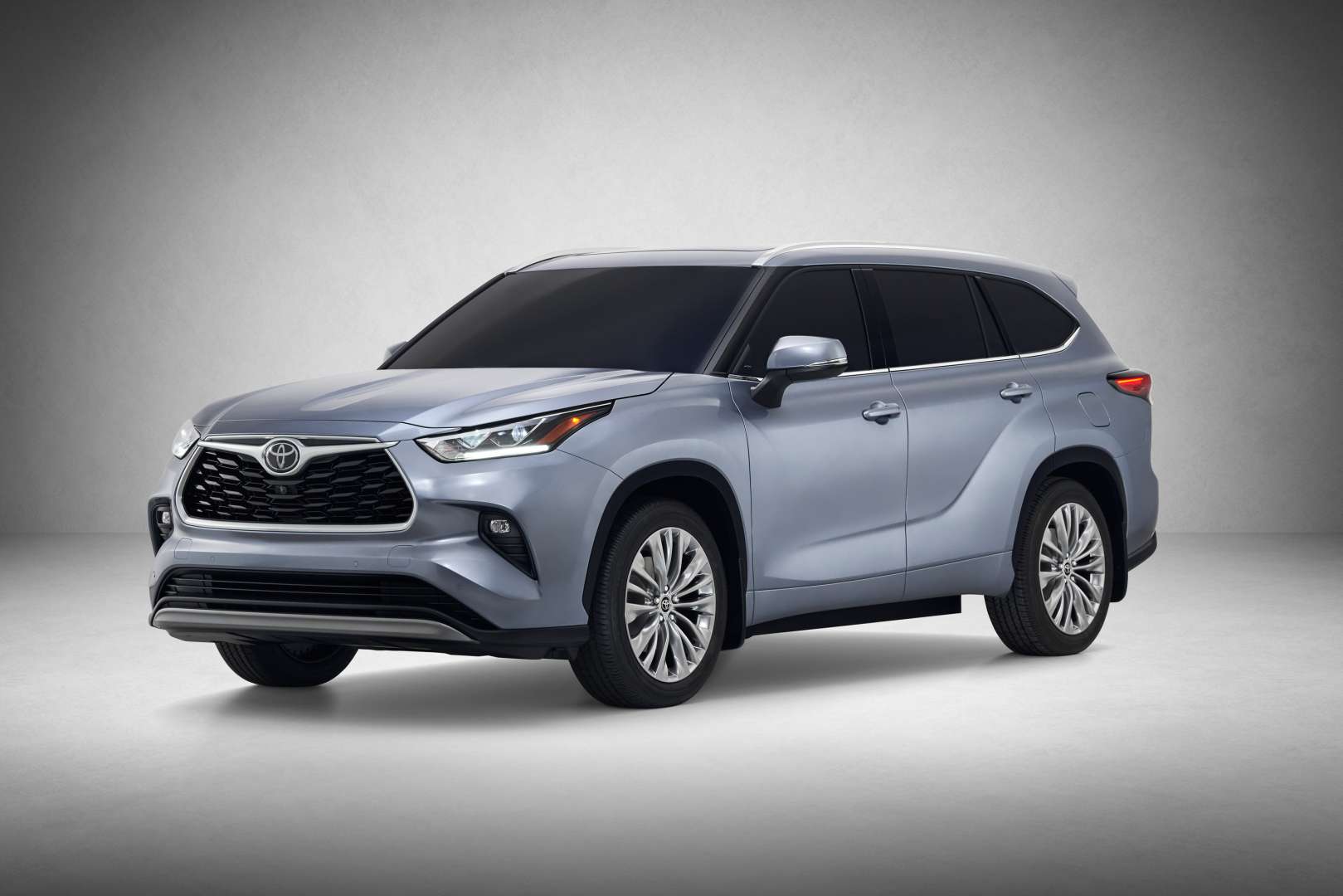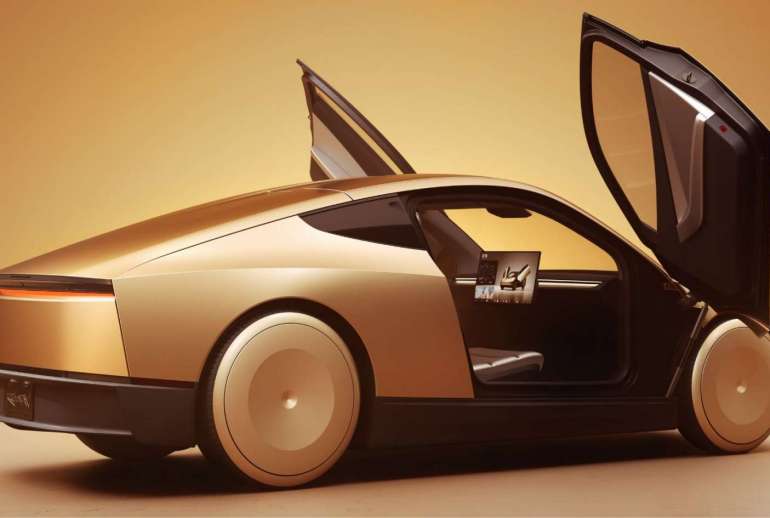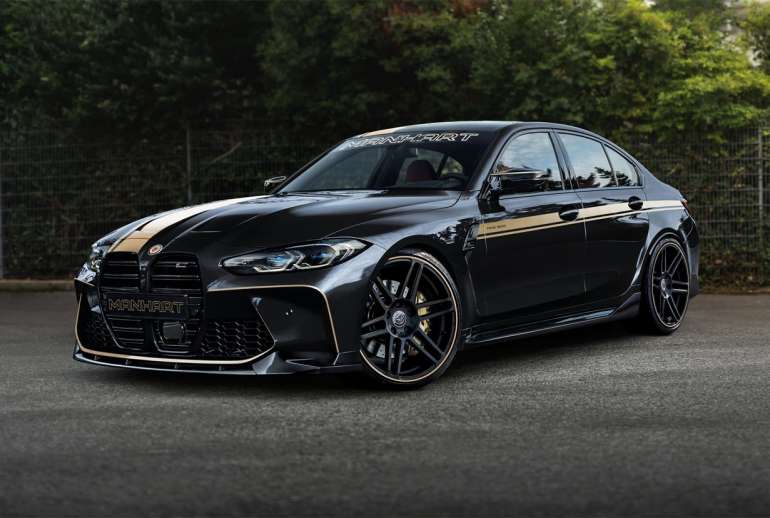In the land of sport-utility vehicles and modern crossovers, bigger is always better. However, the upcoming 2020 Toyota Highlander is not only larger and more spacious than the outgoing model. Toyota’s most popular family hauler is getting a new DNA to keep it updated from the rest of the competition.
Here are the top reasons to get excited about Toyota’s newest crossover SUV.
The 2020 Toyota Highlander Hybrid is coming in mid-2020
When Toyota came up with the fourth-generation Highlander, the goal is to reduce weight to make it sprightlier and more efficient. Nothing proves this more than the hybrid version of the new Toyota Highlander. The hybrid model throws way the gas-guzzling V6 for a smaller 2.5-liter Atkinson cycle inline four-cylinder with a CVT transmission. You can also choose a front-wheel drive hybrid model that further reduces weight and saves cost.
And while the last-gen hybrid model had a total output of 306 horsepower, the new Highlander Hybrid only has 240 horsepower to play with. But since the new Highlander is riding on Toyota’s TNGA global architecture, the lighter weight won’t affect performance even with a lower horsepower rating. But all of this also results in better fuel economy. The 2019 Toyota Highlander Hybrid achieves a combined 34 mpg. The previous-gen model struggles to achieve 29 mpg with the cumbersome V6 motor.

It has a sleeker design
At first glance, it is easy to mistake the new Toyota Highlander for a Subaru or Mazda SUV. The radical and bold styling is Toyota’s attempt to lure a younger set of buyers to the Highlander. The large grille is accompanied by a new set of sleeker headlights to give the Highlander a modern and distinctive face. The shark-like nose may not be to everyone’s liking, but things get better in the sides.
The most prominent styling feature of the 2020 Toyota Highlander is not just the Subaru-inspired fascia. There’s a broad and sweeping character line that runs up the rear fenders to meet the lower end of the slim taillights. This also highlights the longer wheelbase of the new vehicle, which translates to spacious legroom and a composed ride. The new Highlander is also getting a new set of 18-inch and 20-inch alloy wheels depending on the trim level.
It retains the standard V6 engine
Why mess up with a good thing? Toyota ditched the 2.7-liter four-cylinder option in the new Highlander while retaining the bulletproof 2GR-FKS 3.5-liter V6 motor. It produces the same 295-horsepower and 263 pound-feet output and is mated to a familiar 8-speed automatic. Front-wheel drive is standard and all-wheel drive remains an option. Upper trim models also get dynamic torque vectoring as first seen in the new Toyota RAV4. Planning to tow a trailer? The new Toyota Highlander can tow 5,000 pounds.

It comes with an array of modern kit
The 2020 Toyota Highlander is every inch a modern SUV. The instrument console is a 7-inch configurable display similar to high-end luxury cars. There’s a standard 8.0-inch infotainment screen with standard Apple CarPlay and Android Auto. Higher trim models receive a larger 12.3inch touchscreen display with standard navigation. It also has Wi-Fi, wireless charging, and an array of USB charging ports for both the front and rear occupants.
It’s still a practical and safe family SUV
Despite the sleeker proportions, the 2020 Toyota Highlander remains a seven-seat SUV with second-row captain’s chairs. If you choose the optional second-row bench seat, the seating capacity increases to eight. You only need to push a button to tilt and slide the second-row seats to gain access to the third row. With the third row seats up, the cargo volume is 13.8 cubic feet (390 liters). But if you fold the rear seats, you get 16.1 cubic feet (455 liters) of cargo room.

The new Highlander also gets Toyota Safety Sense 2.0 as standard. This means the Highlander can steer, brake, accelerate, or hold the speed to steer clear/avoid cars, pedestrians, cyclists, lane markings, and road hazards. The system utilizes lane departure warning with steering assist, automatic high beams, dynamic radar cruise control, road sign assist, and pre-collision with pedestrian detection.



